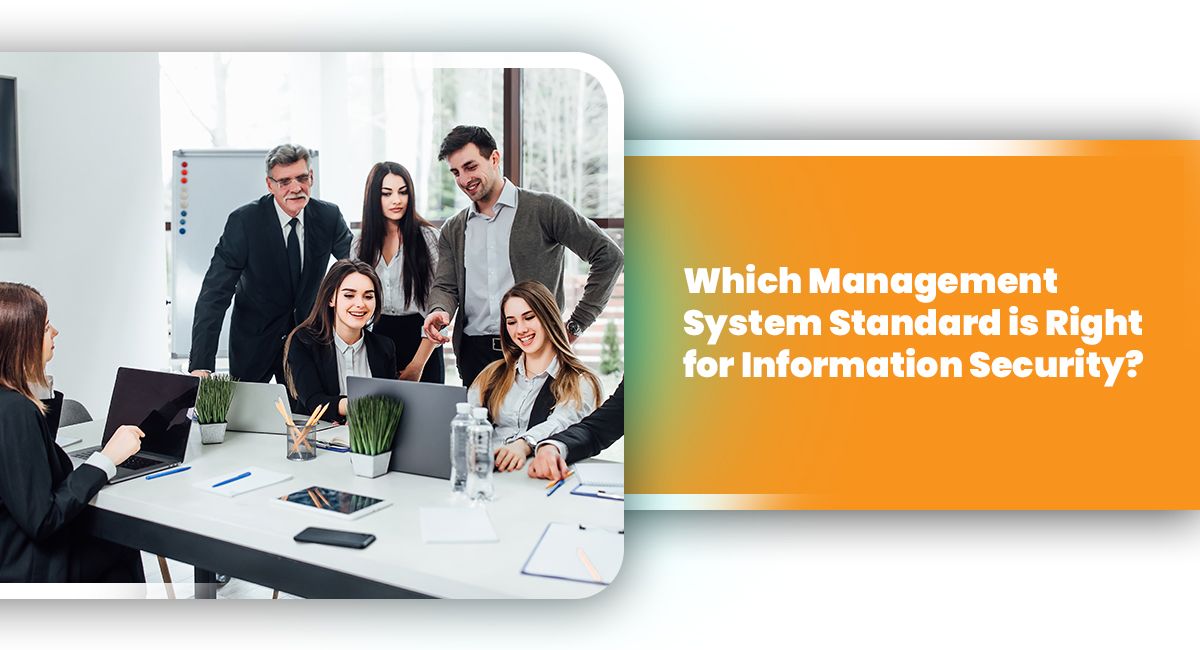
Companies often pay less attention to the safety requirement of their intellectual properties. Third-party infringement and data breaches have increased in the last ten years as a result of cyberbullying. Sensitive information regarding customer relationship, transactions, and employees are often at risk. A strong system to safeguard organisational data is more than a mere requirement. Operational data management is essential for sustainable growth too.
The best management system standard available for information security is ISO 27001. It is the globally acknowledged standard that helps companies to manage the safety and security of information. It sets the requirements to achieve the best practice for controlling data related to people, technology, process, products, and customers.
The ISO 27001 standard aims to enable a company to maintain the integrity, availability, and confidentiality of the internal stakeholders and customers. The certification offers a stringent protocol that allows management to measure the implemented strategies and improve as and when required.
The following will discuss the standard in detail –
What are the main domains of ISO 27001?
The international standard of information security management system (ISMS) requires companies to work on the following domains –
• Asset management
• Access control
• Company security policy
• Incident management
• Regulatory compliance
• Physical and environmental security
What are the main requirements of ISO 27001?
To achieve the ISO 27001 system, the fundamental clauses and requirements should be met. The standard asks you to define a proper method for risk assessment. A company must determine the scope of the organisation and design policies and objectives accordingly. The ISMS objectives must be attainable and communicated to every department. Therefore, the standard asks for strong leadership management as well. To conduct risk assessments, proper resources are necessary. Both technical and human resources are significant to identify major threats and reducing their likelihood to safeguard the information.
Through solid planning, corrective measures must be taken. After a successful implementation, operations must be closely monitored and reviewed from time to time. ISO 27001 requires a company to have a continual improvement approach toward the system. Therefore, the ultimate requirement is checking the level of non-conformance and determining relevant strategies to make gradual changes. If the leadership criteria are not met, proper mobilisation of the resources and effective reviews cannot be performed. The key to succeeding in the certification is building a team of personnel who have clear concepts and enthusiasm.
The stages of implementing the ISO 27001 system and achieving the certification
Phase 1 – Project plan
The top authority must design a plan to process the operations. The management and other internal stakeholders must be informed, and their opinions must be valued while making the project plan.
Phase 2 – Define the scope of ISMS
The prospects of the ISMS should be determined before proceeding with the risk management and improvement operations.
Phase 3 – Risk assessment and gap analysis
This is the most crucial stage of the entire accreditation process. The gap between the present system’s efficacy and the defined objectives should be identified alongside assessing the risks. Gap detection helps to detect potential risk factors and take preventive measures accordingly.
Phase 4 – Policy design and implementation
To conduct the process in the future, ISMS-friendly policies must be designed with the help of stakeholders and implemented under a charismatic leadership team.
Phase 5 – Employee training
From identifying risks to assessing and mitigating them, the performance of human resource matter significantly. The standard requires a well-trained workforce who will proactively engage in each of the processes and complete them with efficiency.
Phase 6 – Documentation and evidence collection
To support the preparedness of the newly modified ISMS system, each of the procedures and the used resources must be documented. The management is responsible for completing the reporting. The document can be produced as strong evidence in the time of designing contingency plans.
The Benefits
• Reduce the occurrence of information safety-related risks
• Reduce unnecessary costs for mitigating issues related to cyber-security
• Enhanced morale of the internal stakeholders
• Customer loyalty is increased
• Brand image is saved
As a management system standard, ISO 27001 is effective if it is implemented as per the guidance. ComplianceHelp is the most reliable consulting agency that offers an array of benefits with premium packages. They help you to achieve the management system standard for information security, customise their solution model, and guide you thoroughly. To achieve 100% compliance with the ISO standard, book their service now! Contact here!

Get connected with us on social networks!